Autonomous aerial 3D mapping, inspection, and maintenance
Drones with LiDAR



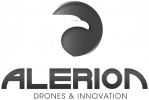


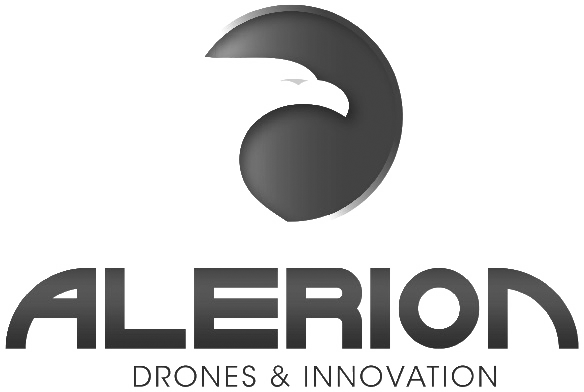

Capturing terrain aerially enables covering large areas quickly and easily, even in complex or difficult to access environments. Drones with LiDAR sensors are being deployed in a multitude of use cases, such as inspection or mapping in various industries.
Thanks to their compact size, low weight, and low power consumption, Blickfeld LiDARs are perfectly suited for use in UAVs. They can detect potential issues, assess equipment conditions, and create 3D models of physical spaces. This data can be leveraged to optimize maintenance schedules, prevent breakdowns, monitor crops and forests, increase efficiency, and enhance planning and safety.
Compact and lightweight
The LiDAR sensor’s compact size enables easy integration into drones without compromising weight and balance while also improving efficiency for data collection.
Low power consumption
The low power consumption of LiDAR technology allows drones to cover more ground before needing to recharge or swap batteries, resulting in longer flight times and making it a more cost-effective solution for data collection applications.
Robust design
Thanks to the solid-state design and IP67 housing, the sensors withstand vibrations and collect accurate, reliable data even in challenging lighting and weather conditions.
High accuracy and resolution
The Blickfeld LiDARs’ wide field of view and long range, allows the drones to collect comprehensive, accurate data of terrain or physical spaces in real-time.
Using drones with LiDAR for surveying terrain aerially has many advantages and therefore offers exciting use cases in numerous industries. Robust and small LiDAR sensors enable 3D mapping with drones with centimeter-level accuracy and thus provide information about the conditions while cutting down costs and man-hours.
Industries

The inspection of wind turbines can be very labor-intensive and therefore costly. Drones have allowed significantly reduced efforts for a safe and reliable inspection of the object’s structure and enabled remote maintenance by taking pictures of the turbines, which serve as the basis for a state-of-the-art safety inspection. LiDAR sensors support the autonomous flight and positioning of the drone in front of the turbine and thereby reducing the cost and the risk of inspection.
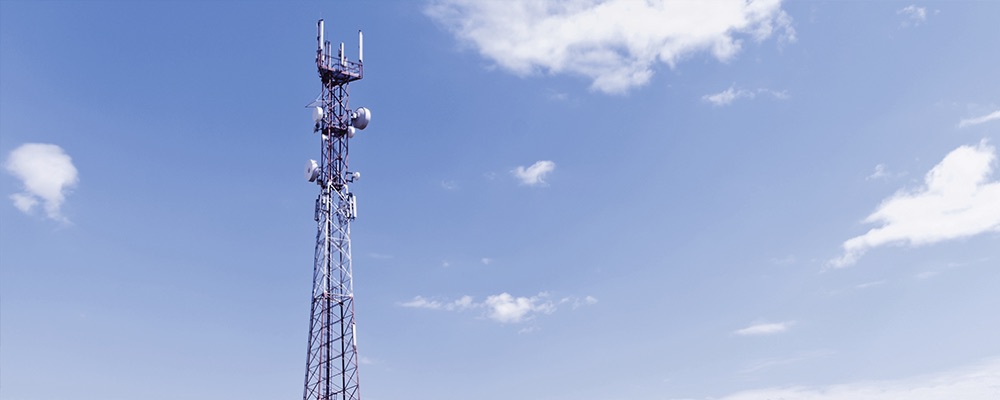
Climbing cellular towers for inspection is a thing of the past! A drone LiDAR system can inspect cellular towers safely and efficiently by detecting and avoiding obstacles, ensuring safe and reliable operations. By combining the data with additional sensing technology, drones can collect the necessary data autonomously, reducing the need for manual inspections and making the process more cost-effective. This allows for more frequent and thorough inspections, ultimately leading to increased safety and better performance of the tower.
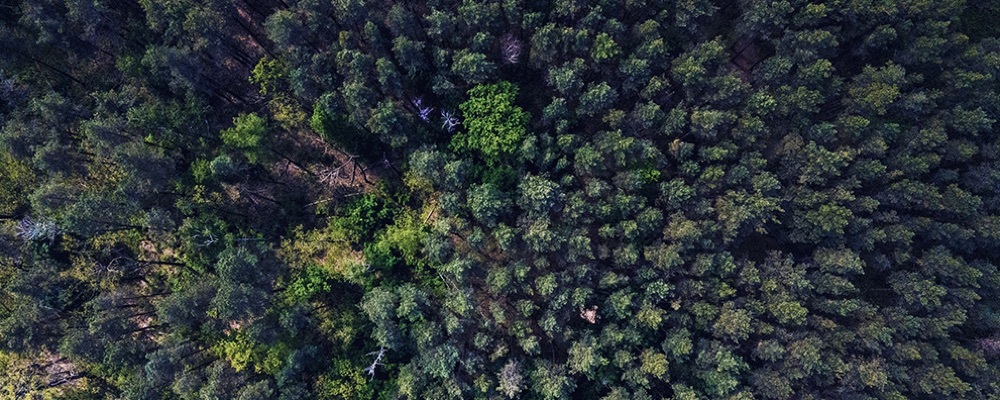
LiDARs in UAVs collect accurate geospatial data and create detailed 3D terrain maps, providing precise information on topography and vegetation coverage. Besides archeology, aerial mapping is often used in agriculture as it is valuable for crop management, in forestry for monitoring tree health, and in construction and mining for site planning and safety assessments. The use of drones with LiDAR for aerial mapping offers a versatile and efficient solution for a wide range of industries.
Applications
The characteristics of Blickfeld’s LiDAR sensors enable a host of different drone applications.

Inspection and Predictive Maintenance
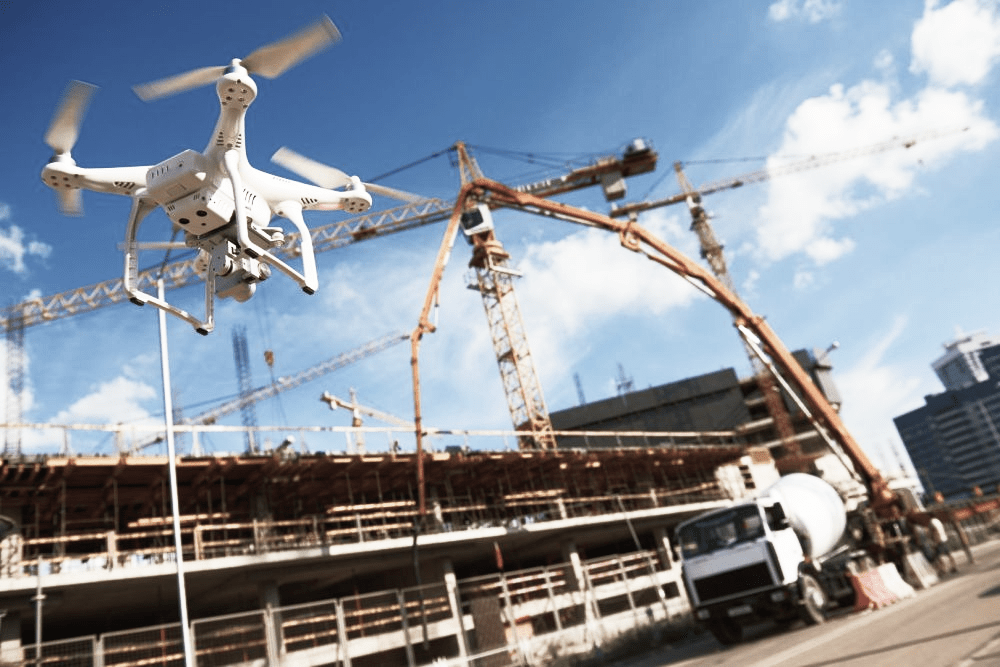
Autonomous Flight

3D Mapping
Inspection and Predictive Maintenance
Autonomous Flight
3D Mapping
Featured Product
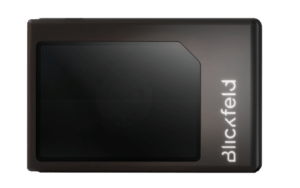
Smart 3D-LiDAR
Frequently Asked Questions
Choose the Qb2 for a large field of view, high resolution, and advanced data processing capabilities for volume monitoring and security applications. Cube 1 is an excellent alternative when low weight and dimensions are particularly important or when the budget is limited.
The Cube 1 ships with a matching 12 V DC power supply. Maximum ratings are 10 – 26 V DC. Cube 1 Outdoor and Qb2 devices are powered via Power over Ethernet (PoE). You need a PoE power supplying equipment such as a PoE switch or injector that supports the IEEE 802.3af and/or IEEE 802.3at standard. These are the most common PoE standards.
Precipitation and other atmospheric disturbances such as smoke, dust, or fog do not increase the false detection rate of our LiDAR sensors but can influence the detection range.
Get in Touch
Interested in learning more about how our lightweight, compact 3D LiDAR sensors can elevate drone applications? Get in touch! Reach out via our contact form for more details.
Alternatively, feel free to contact one of our representatives directly!

Akram Ben Youssef
Junior Sales Manager
Region: Europe
+49 89 230 69 35 60
Schedule a meeting
sales@blickfeld.com

Patrick Pylypuik
President, Blickfeld North America Inc.
Region: North America
+1 734 223 9683
sales@blickfed.com

Dirk Rathsack
VP Business Development & Sales
Region: Rest of World
+ 49 174 230 3357
Schedule a meeting
sales@blickfeld.com

